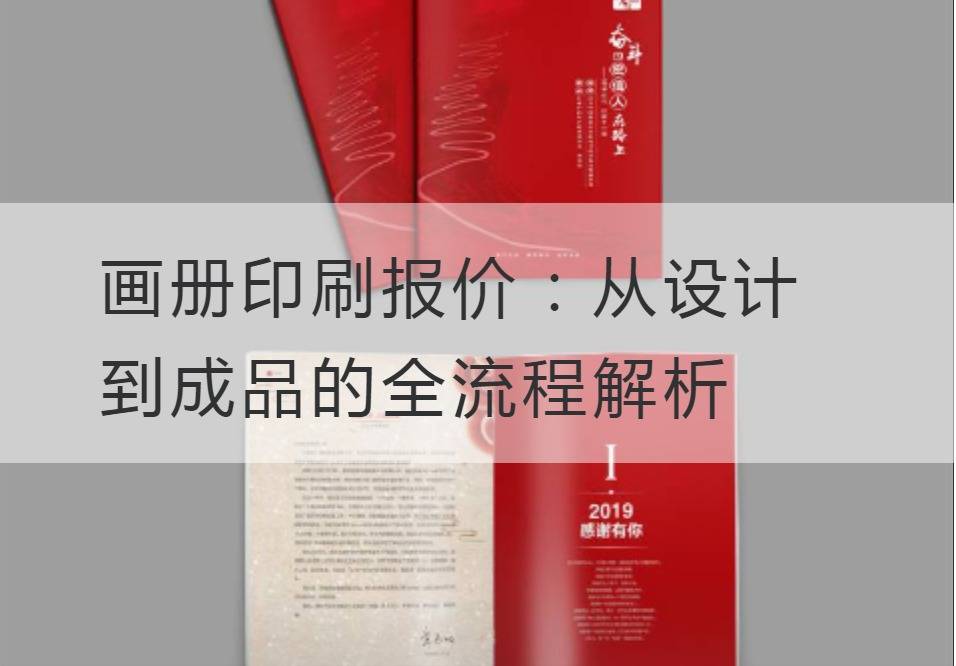Quotations for Picture Book Printing: Analysis of the E2E Process from Design to Finished Product
Album printing plays an important role in today's cultural and creative industries. Artists, designers and businesses alike use albums as a powerful tool to showcase their achievements and promote their ideas. However, turning a great design into a beautiful finished product is not an easy task. It involves a complex and elaborate process - from design to printing to the finished product. And album printing quotation is one of the most important links. This article will open the whole process of album printing for you, let you have an in-depth understanding of the professional terms and technical parameters of this industry, and help you better handle album printing quotations.
First, let's look at the design phase of the album. The design should not only pursue beauty, but also accord with the content and purpose of the album. In the design process, designers should consider layout, color scheme, font selection and other factors to ensure that the album can attract attention and effectively convey information. In the process of quotation, the design workload, the number of layouts, color matching and other factors will directly affect the price.

And then there's the printing process. The technology of album printing is changing with each passing day, and the continuous iteration of printing machines and materials makes the print more and more expressive. When it comes to printing selection, we often hear terms such as CMYK printing, Pantone spot color printing, etc. CMYK printing is a kind of printing technology that uses cyan, magenta, yellow and black to mix and superimpose four colors, through adjusting different proportions of pigments. Pantone spot color printing is a technology that uses special color mixing for designs that require precise color reproduction. In the quotation, printing method, printing quantity, paper specification, etc. will affect the price.
Finally, it's the finished product. The printed album needs further processing before it becomes a perfect finished product. Common processing including adhesive, bronzing, die-cutting and so on. Adhesive binding is the binding of printed pages into a book, usually with hot melt adhesive or cold glue. The bronzing is to add metal foil on the cover or text of the album, to add texture and luxury. And die-cutting can make the shape of the album more personal. These processes are also included in the quotation.
To sum up, the quotation of album printing covers many links such as design, printing and production of finished products, and each link has its own technical terms and technical parameters. Only by understanding these, can we achieve accurate quotation and efficient communication. Understanding these processes also helps designers and customers to collaborate better to achieve desired results.
Album printing is a comprehensive technical work, which requires close cooperation between designers and printers to ensure that the album can perfectly present the designer's creative works. Therefore, when selecting partners, we need to find printers who are professional and skilled. Only in this way can we better master the entire process of album printing from design to finished product, ensuring that every step can achieve the best results.
Anyway,Picture Book Printing QuotationIt is an important link in the process of album printing. Designers and printers need to work together to understand each other's needs and technical requirements to ensure the best results and quality of the final product. Only in this way can we create really excellent album works and drive the flourishing development of cultural and creative industries.
Recommended Reading:
How do you create a brand smart album?
Full analysis of the production planning of brand cosmetics albums: Perspective Field Trends
How to show the brand's orientation and image to the fullest in the making of furniture albums



